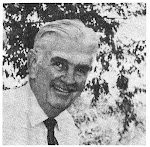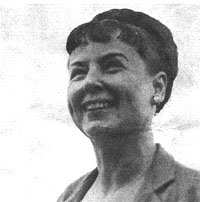Friday, March 2, 2012
No One Gets Mad Because the Writing Is Too Simple
In the introduction to Dr. Seuss’s The Bippolo Seed and Other Lost Stories, scholar Charles D. Cohen mentions a three-year-old who recited an entire Seuss story! The epiphany for author Theodor Geisel was that children absorb amazing volumes of information through their ears — lesser amounts through their eyes.
Key to Holling’s success was a Fog reading index of 6.9 — meaning that 91 percent of everyday words we use are more difficult. Only 5 percent of Holling’s words are foreign or complex. His choices average just 1.4 syllables per word. And, there are just 12.3 words per sentence.
It’s sometimes difficult to slide past polysyllabic environmental terms, or words in other languages. But Holling helps us in those instances, too. Tree in the Trail contains an amazing wealth of sidebar illustrations that explain history or define place names. In describing Coronado’s search for gold [chap. 5; unpaginated], he mentions an Indian town, Zuñi. The pronunciation — zoon-yee — is added parenthetically. Likewise, Santa Fe is spelled phonetically. Describing a Southwest trading and meeting place [chap. 9} he gives us Taos Pueblo and clarifies it as towse pweb-lo. This ease-of-entry is a secret to Holling’s enduring interest among young people and the home-schooled. Dr. Seuss, I think, would agree.
(A note of thanks for to E.J. Hirsch, Jr. for What Your Fifth Grader Needs to Know: Fundamentals of a Good Fifth Grade Education, from which these statistics are cited.)
Subscribe to:
Post Comments (Atom)










No comments:
Post a Comment